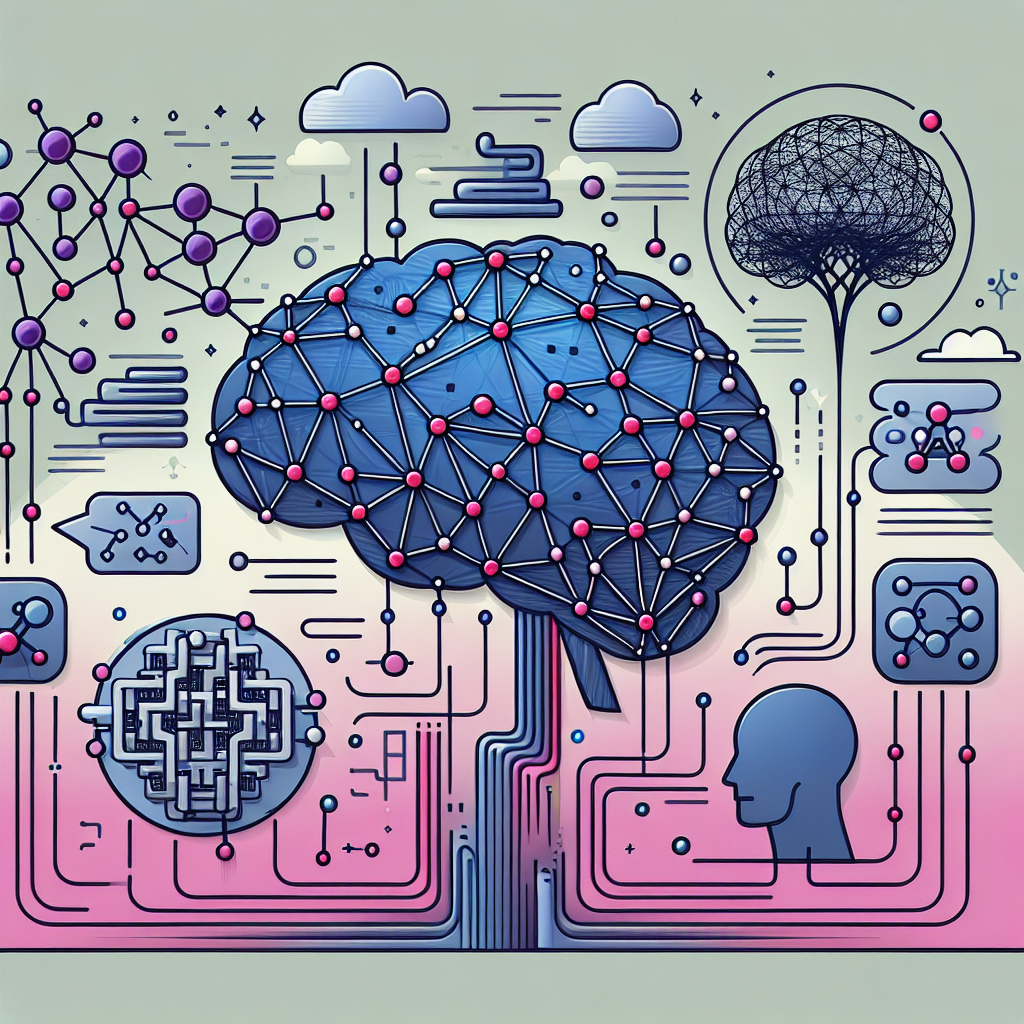Natural Language Processing (NLP) is a branch of artificial intelligence that deals with the interaction between computers and humans using natural language. Over the years, NLP has seen significant advancements, particularly with the use of Graph Neural Networks (GNNs). GNNs have emerged as a powerful tool for processing and understanding natural language, offering improvements in various NLP tasks.
Graph Neural Networks are a type of neural network that can effectively model complex relationships in data by leveraging graph structures. In the context of NLP, these networks can be used to represent and analyze the relationships between words, sentences, or documents. This allows for more sophisticated and accurate language processing capabilities.
One of the key advantages of using GNNs in NLP is their ability to capture the context and semantics of natural language. Traditional NLP models often struggle to understand the nuances of language and context, leading to inaccuracies in tasks such as sentiment analysis, machine translation, and text summarization. GNNs, on the other hand, can learn from the relationships between words and sentences, enabling them to better grasp the meaning and context of text.
Another area where GNNs have shown promise in NLP is in improving the efficiency and scalability of language processing tasks. By leveraging the graph structure of language data, GNNs can perform computations in parallel, leading to faster processing times and reduced computational resources. This makes them ideal for handling large volumes of text data, which is common in applications like social media analysis, chatbots, and search engines.
Furthermore, GNNs have been successful in enhancing the performance of various NLP tasks, such as named entity recognition, part-of-speech tagging, and text classification. By incorporating graph-based representations, these networks can learn more robust and informative features, leading to improved accuracy and generalization on a wide range of NLP tasks.
Overall, the advancements in natural language processing with Graph Neural Networks have opened up new possibilities for the development of more sophisticated and accurate language models. By leveraging the power of graph structures, GNNs have shown great potential in enhancing the efficiency, scalability, and performance of NLP tasks. As researchers continue to explore and refine these techniques, we can expect to see even more exciting developments in the field of NLP in the years to come.
#Advancements #Natural #Language #Processing #Graph #Neural #Networks,gnn

Leave a Reply
You must be logged in to post a comment.